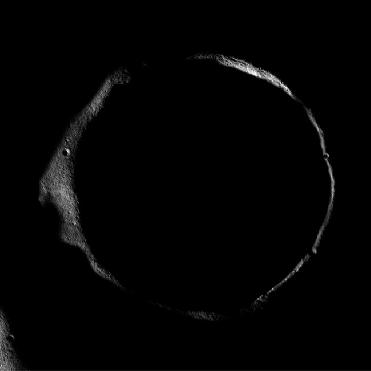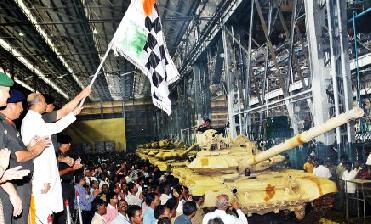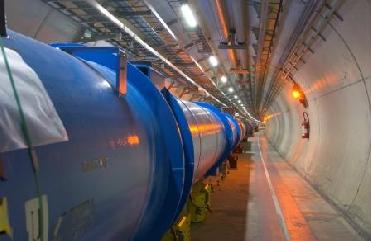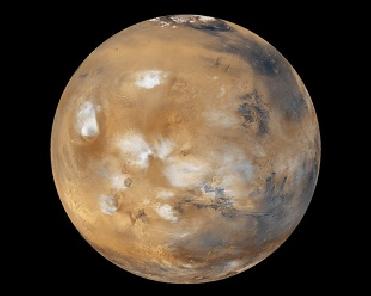
The Erlanger crater. -- Image Credit : NASA
NEW DELHI (BNS): In their quest to trace ice on the Moon’s surface, Indian space agency ISRO and US space agency NASA have conducted a unique joint experiment.
ISRO’s Chandrayaan-1 and NASA’s Lunar Reconnaissance Orbiter (LRO), after carrying out the Bi-Static experiment, have sent back data on possible existence of ice in a permanently shadowed crater near the North Pole of the Moon.
The two spacecraft passed close enough to one another when they were over the Moon’s North Pole, ISRO said in a statement here
Both the spacecraft have been equipped with a NASA Miniature Radio Frequency (RF) instrument that functions as a Synthetic Aperture Radar (SAR), known as Mini-SAR on Chandrayaan-1 and Mini-RF on LRO. Chandrayaan-1 in transmit mode transmitted the signals while LRO received the reflected signals. The data was collected for about four minutes.
The experiment, carried out on August 21, used both radars to point at the Erlanger Crater at the same time. Before the experiment, LRO executed a minor manoeuvre to adjust its orbit to the well-established Chandrayaan-1 orbit. Chandrayaan-1’s Mini-SAR was fine tuned for making observations in terms of pulse width, range rate sampling as well as its 200 km orbit height, the Indian space agency said, adding the operations went on as planned.
All Chandrayaan-1’s operations were executed from the Spacecraft Control Centre (SCC) at ISRO Telemetry, Tracking and Command Network (ISTRAC), Peenya. Science Data was downloaded over Johns Hopkins University’s Applied Physics Laboratory (APL), the ground station that had the visibility.
The two instruments fitted in the spacecraft focused at the same location from different angles, providing interesting information about the lunar surface.
Scientists from both the space agencies have been working on analysing the data sent by the two spacecraft, ISRO said.
 Previous Article
Previous Article Next Article
Next Article











The Indian Air Force, in its flight trials evaluation report submitted before the Defence Ministry l..
view articleAn insight into the Medium Multi-Role Combat Aircraft competition...
view articleSky enthusiasts can now spot the International Space Station (ISS) commanded by Indian-American astr..
view article